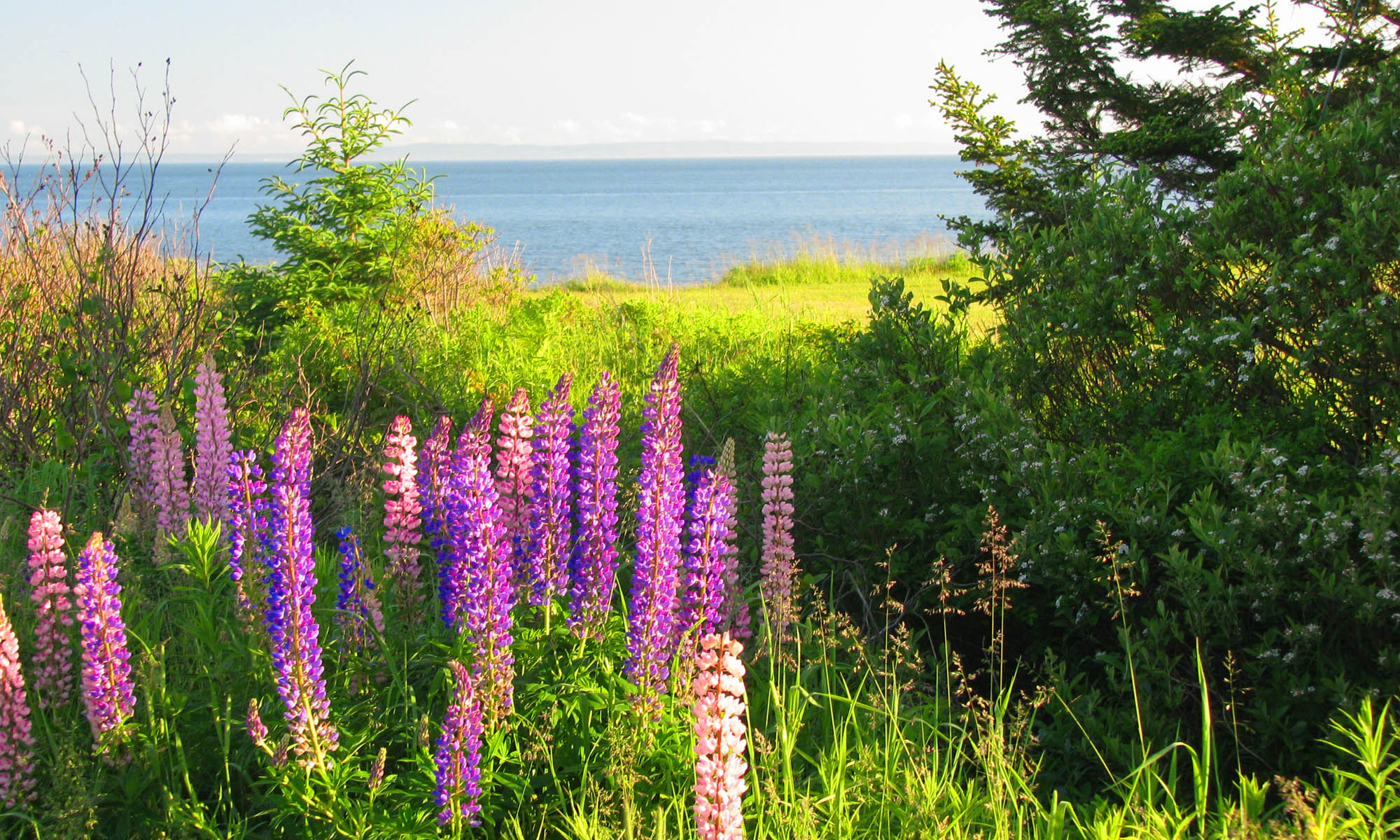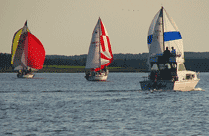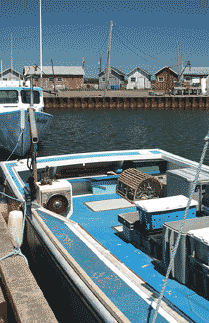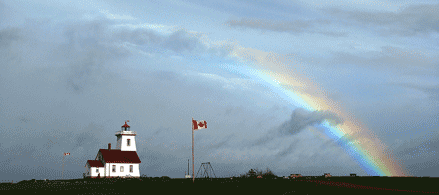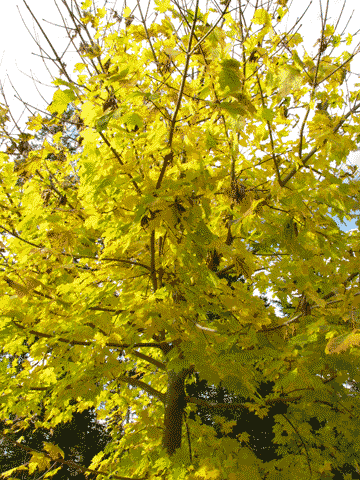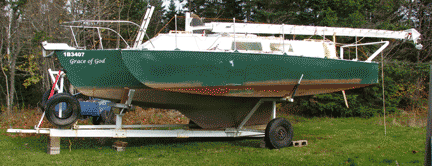I have often said that the most enjoyable part of writing is not getting the material down the first time, but the editing, revising, and reorganizing after that.
Now that the sailing book is about half done, I am having second thoughts about the organization of all the information. My initial plan was to make each chapter be a year, subdivided into sections about the planned changes and repairs, the summer sailing activities, and the autumn review for the next year. As appropriate there were to be small call-outs on individual topics… instrumentation… painting… anchoring… rules of the road… heat…refrigeration… electric supply… running lights.
But now I’m leaning toward fully discussing each technical topic in its own chapter such as dinghies, navigation, epoxy work, mast building, trailering. Then all the discussion would be in one place as well as the wisdom gleaned over a decade grouped by topic. To satisfy the chronological record urge, I could include an outline-format listing of the modifications of each year, with links to the appropriate chapters.
A separate year-by-year section could include the descriptions of the sailing trips made, but that section would be free of the distraction of technical digressions. The result would be a technical part and a sailing part.
Then again, I could group things by mistakes, in keeping with the title of “Never The Same Mistake Twice”. Perhaps I could simply lead into each technical section with the ‘mistake’ that started the modification.
So after discussing this with myself for about 20 minutes, here is a general outline:
- 1. Introduction
- 2. Sailing trips (by year)
- 3. Modifications and Technical topics
- Head/toilet
- Water systems
- Storage
- Heat & ventilation
- Hand grips
- Lifelines
- Navigation…compass, charts, dividers, magnetic vs true north
- Depth Sounding…fishfinders… use of sounding lines
- Knotmeter…timing of a float’s travel
- GPS/ chart plotter
- Radio/antenna
- Navigation/ cabin lights
- Refrigeration
- Bunks & cushions
- Bilge pump
- outboard motor… remote controls… ventilation… fuel tank
- dinghy… inflatable vs hard… davits… stitch & glue construction… seating
- anchors and moorings
- severe weather… steering to avoid broach… serial drogue
- on-deck lighting
- trailering
- mast…lowering & raising…design…access to top
- radar & radar reflector… design of reflector
- 4. projects and mistakes listed by year
[Note: In mid June I sought input on the reorganization of the book and ALL the inputs from my writing group said they would prefer a mixed-together chronological organization where the topics are covered in inserted boxes rather than in a separate section. So I bow to the readership and retain the original organization.]
- [subscribe2]
